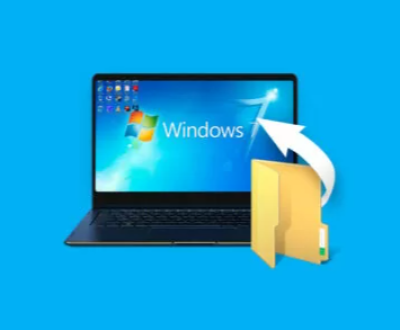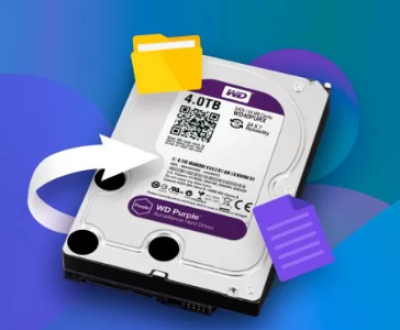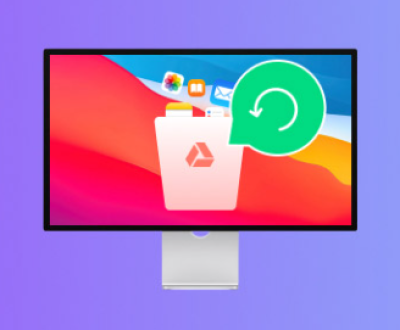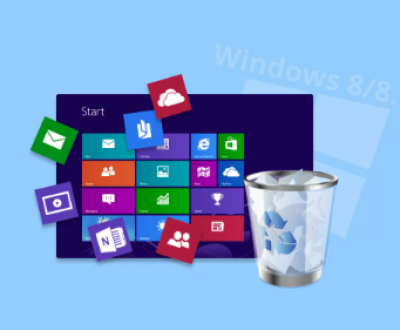The Atomos Shinobi is a versatile, high-quality on-camera monitor designed for filmmakers and content creators. One of its most valuable features is the ability to load Look-Up Tables (LUTs) to preview how footage will appear after post-processing. When working with LUTs, the type of file system used on your SD card plays a critical role in ensuring compatibility and functionality. Among the common formats like FAT32. exFAT, and NTFS, exFAT is often preferred for its ability to support large file sizes and broad compatibility across modern devices.
Atomos Shinobi and LUT Functionality
The Atomos Shinobi monitor allows users to load custom LUTs, enabling real-time visualization of color grades. This is particularly useful for cinematographers who want to see a more polished image during shooting rather than relying on the flat, ungraded footage from log profiles. LUTs are usually stored on an SD card, which the Shinobi reads and applies to the incoming video feed.
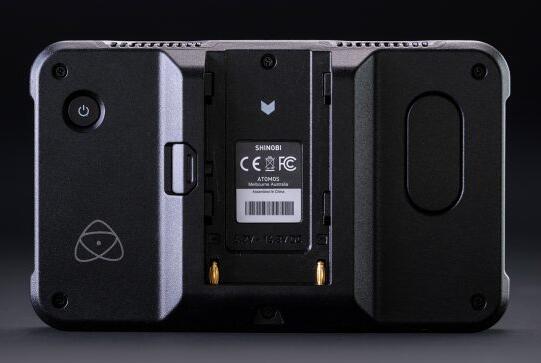
File System Types and Their Characteristics
FAT32:
Maximum file size: 4 GB
Compatible with older devices
Limited in handling large LUT libraries
exFAT:
Maximum file size: 16 EB (theoretical)
Supports larger files and modern devices
Ideal for video and high-resolution content
NTFS:
Windows-specific
Supports large files
Not compatible with many cameras and external monitors
Is exFAT Compatible with the Atomos Shinobi?
Yes, the Atomos Shinobi supports exFAT-formatted SD cards. The manufacturer specifically recommends using exFAT for optimal performance, especially when handling large LUT files or extensive LUT libraries. This file system offers better reliability for modern workflows and supports the high data loads required for real-time LUT application.
How to Format an SD Card to exFAT for Atomos Shinobi
On Windows:
Insert the SD card into your computer.
Open “File Explorer” and locate the SD card.
Right-click the SD card and select “Format.”
Choose “exFAT” from the File System dropdown.
Click “Start” to begin formatting.
On macOS:
Insert the SD card and open “Disk Utility.”
Select the SD card from the left sidebar.
Click “Erase,” then select “exFAT” as the format.
Click “Erase” to complete the process.
Loading LUTs onto an exFAT SD Card for Atomos Shinobi
Download your desired LUTs in .cube format (compatible with Shinobi).
Ensure the SD card is formatted to exFAT.
Create a folder named “LUT” on the SD card.
Copy the LUT files into this folder.
Safely eject the SD card and insert it into the Shinobi monitor.
Troubleshooting exFAT SD Card Issues on Atomos Shinobi
SD Card Not Recognized:
Ensure the card is properly formatted to exFAT.
Check the SD card’s capacity (32 GB – 1 TB is recommended).
LUTs Not Loading:
Verify the LUTs are in .cube format.
Confirm the folder is named “LUT” in uppercase letters.
Performance Lag:
Use a high-speed SD card (UHS-I or UHS-II).
Limit the number of LUTs to improve loading times.
About us and this blog
Panda Assistant is built on the latest data recovery algorithms, ensuring that no file is too damaged, too lost, or too corrupted to be recovered.
Request a free quote
We believe that data recovery shouldn’t be a daunting task. That’s why we’ve designed Panda Assistant to be as easy to use as it is powerful. With a few clicks, you can initiate a scan, preview recoverable files, and restore your data all within a matter of minutes.
Subscribe to our newsletter!
More from our blog
See all postsRecent Posts
- Recover deleted files windows 2025-07-02
- How to recover previous excel file 2025-07-02
- How to recover files that are permanently deleted 2025-07-02

 Try lt Free
Try lt Free Recovery success rate of up to
Recovery success rate of up to



